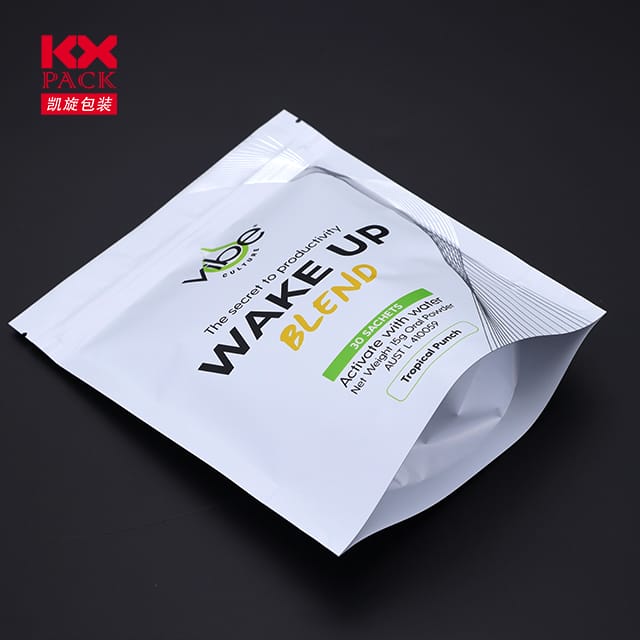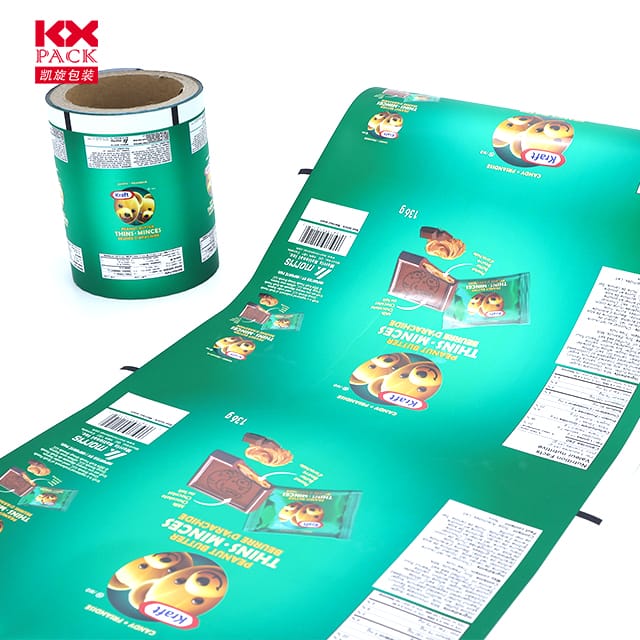プラスチックフィルム製造における革新と持続可能性: よく見てください
プラスチックフィルム製造
The global demand for プラスチックフィルム製造 continues to surge, パッケージングのアプリケーションによって駆動されます, 農業, エレクトロニクス, および医療産業. 業界のレポートによると, the global market for plastic films reached approximately 787billionin2022∗∗,withprojectionsindicatingsteadygrowthto∗∗963.7 billion by 2029, のcagrで 2.9%. この拡張は、現代の製造におけるセクターの重要な役割を強調しています, yet it also highlights pressing challenges, particularly in environmental sustainability and technological advancement.
技術の進歩: From Hardness to Smart Manufacturing
One key area of innovation in プラスチックフィルム製造 is the development of high-performance materials. 例えば, bidirectional stretched polyamide (BOPA) 映画, known for their exceptional barrier properties, 強さ, and temperature resistance, have seen a 13.01% CAGR in demand growth from 2016 に 2023 in China alone. のような企業 Zhonglun New Materials Co., 株式会社. have pioneered integrated production technologies, enabling the creation of ultra-thin, high-hardness films with reduced curling issues. These advancements rely on precise control of molecular orientation during the stretching process, enhancing mechanical durability without compromising flexibility.
Another breakthrough is the integration of real-time early warning systems in semi-automated production lines. Researchers have developed algorithms to monitor crusher processes—traditionally difficult to automate due to sensor installation constraints—by analyzing data from adjacent machinery. This approach reduces downtime, minimizes waste, and improves product consistency. 例えば, ある 2025 study by Kim et al. demonstrated a 92% accuracy rate in predicting equipment failures, significantly cutting maintenance costs.(プラスチックフィルム製造)
Environmental Challenges and Sustainable Solutions
The plastic film industry faces intense scrutiny over its environmental footprint. Production processes consume vast amounts of fossil fuels, emit greenhouse gases, and generate toxic wastewater. さらに, the non-biodegradable nature of conventional films exacerbates plastic pollution. To address these issues, manufacturers are investing in:
- Biodegradable and Recyclable Materials: Films made from ポリラトン酸 (人民解放軍) or starch-based polymers are gaining traction. While PLA films decompose within 6–12 months under industrial composting conditions, their mechanical properties often lag behind petroleum-based alternatives.
- Closed-Loop Recycling Systems: Advanced sorting technologies now enable the separation of contaminated films from clean ones, improving recyclate quality. Some facilities are adopting chemical recycling methods to break down mixed plastics into raw materials for new films.
- Energy-Efficient Processes: Companies are adopting UV-cured coatings そして water-based inks to reduce VOC emissions. 例えば, ある 2025 environmental impact report for a plastic film project in China documented a 75% reduction in VOC emissions through UV-light treatment and activated carbon filtration.
Regulatory and Market Trends
Governments worldwide are imposing stricter regulations on plastic use. The EU’sSingle-Use Plastics Directive bans certain non-recyclable films, while China’s “14th Five-Year Plan” mandates a30% reduction in plastic waste by 2025. These policies are accelerating the shift toward sustainable alternatives.
On the market front, consumers increasingly favor brands using eco-friendly packaging. This demand has spurred innovations likeedible films (made from seaweed or rice proteins) そしてwater-soluble films for detergent pods. でも, cost remains a barrier—biodegradable films are typically20–50% more expensive than conventional options.
The Future of Plastic Film Manufacturing
The industry’s trajectory hinges on balancing innovation with sustainability. Key priorities include:
- Scaling Circular Economy Models: Developing take-back programs for used films and incentivizing recycled content.
- Investing in Green Chemistry: Creating novel polymers with lower carbon footprints.
- Leveraging AI and IoT: Enhancing process control through predictive maintenance and real-time quality monitoring.
As stakeholders navigate these challenges, collaboration between manufacturers, policymakers, and consumers will be critical. The plastic film sector, once synonymous with environmental harm, now stands at a crossroads—poised to redefine itself as a leader in sustainable materials innovation.
What are your thoughts on the future of plastic film manufacturing? Share your insights below!
キーワード: Plastic film manufacturing, BOPA films, 持続可能性, biodegradable materials, smart manufacturing, environmental regulations.







